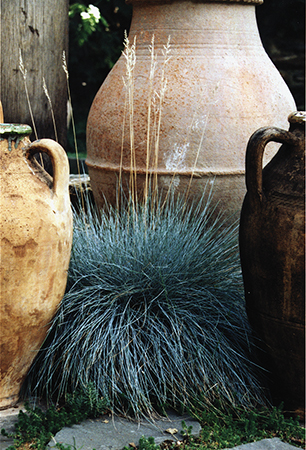Marketing Greenhouse Vegetables To Grocery Stores
Most of you have seen an increase in the marketing of local produce at grocery stores — not just in small, independent groceries but in the big chains as well. It seems like a great opportunity for a greenhouse grower looking for a new market to sell its produce. It can be a very competitive one, however. We asked Water Fresh Farm’s Jeff Barton — who does a nice business with local groceries — how he does it.
Greenhouse Grower: How tough was it for you to get your produce into grocery stores? Is this a difficult market to crack compared to other outlets?
Barton: It was certainly more difficult to get into a grocery chain (as opposed to independent grocers) years ago than it is now. I like to think that local is the new organic. Consumers want local because the perceived quality is better compared to nameless agribusiness, and they want to support local farmers.
It makes them feel good about themselves. If the local produce is pesticide-free — even if it isn’t certified organic — all the better. All grocery stores are trying to react to this change in consumer dynamics and welcome as much locally grown produce as possible. Take a walk through the store and look at all the signs announcing local and even photos of local farmers.
GG: What’s the best way to approach grocery stores about buying your produce?
Barton: My suggestion would be to speak first with the produce manager of a local store, letting him/her know about your offerings. Some store produce managers may have the ability to make buying decisions from local farmers; for others, the decision will be kicked up to the regional produce manager or buyer. Again, they are looking for local products, so they should be receptive to you.
GG: Do grocery stores have any additional expectations or requirements as far as food safety or handling for your produce above what you would have in your own retail market?
Barton: This is going to be more of a challenge for small farms in the future with Good Agricultural Practices (GAP) regulations. Some large chains already require farms to be GAP certified. While others may not require GAP certification, they generally are in agreement that GAP is coming. While we are not GAP certified yet, all of our operational practices meet the guidelines. We haven’t sought certification because the time and cost of the mountain of paperwork. GAP definitely warrants watching.
GG: What kind of pricing and delivery issues do you have to consider?
Barton: When we first started selling to the grocery chains, they were used to buying at whatever the market price was, which fluctuated almost daily. While much of the produce the large grocery chains purchase today is still bought at the current market price, they are more open to established pricing, which makes it more predictable for both the farmer and the grocer. That said, the grocery chain buyer’s job is to purchase quality produce at the lowest price possible. However, my experience is that if they are talking to the farmer directly, buyers are likely to be more flexible.
As for delivery, we deliver to each store twice a week. We do this to ensure that the quality of our produce is good and to minimize shrink, which the produce manager appreciates. Reduced shrink keeps the grocer’s margins high and high margins help maintain support from the produce manager.
GG: Do you do any marketing to help the grocery stores sell your produce?
Barton: Our experience has been that the grocery chains have been aggressive at helping the farmer produce Point of Purchase (POP) material. Consumers want that local connection to the farmer and promoting that helps the grocer. We try to work with the marketing department of the grocery chains to make signs and other materials since they have both the experience and budget for this sort of thing.








